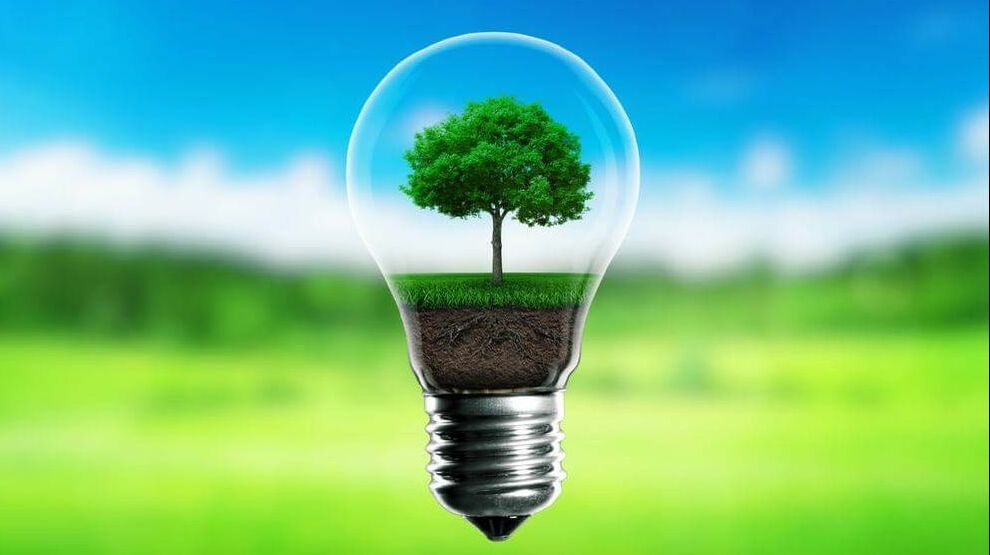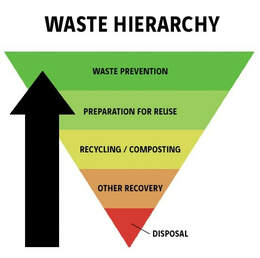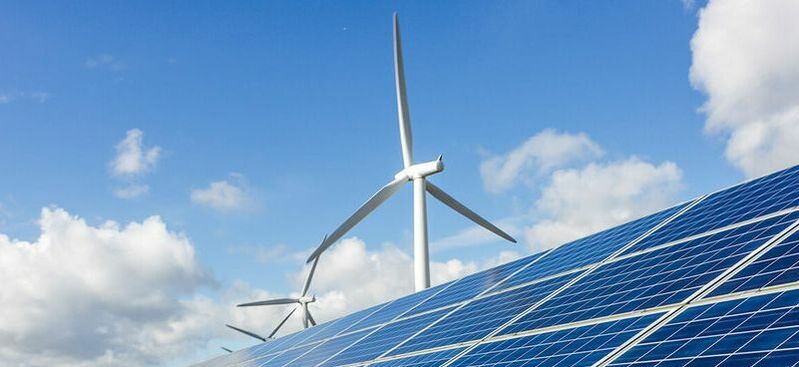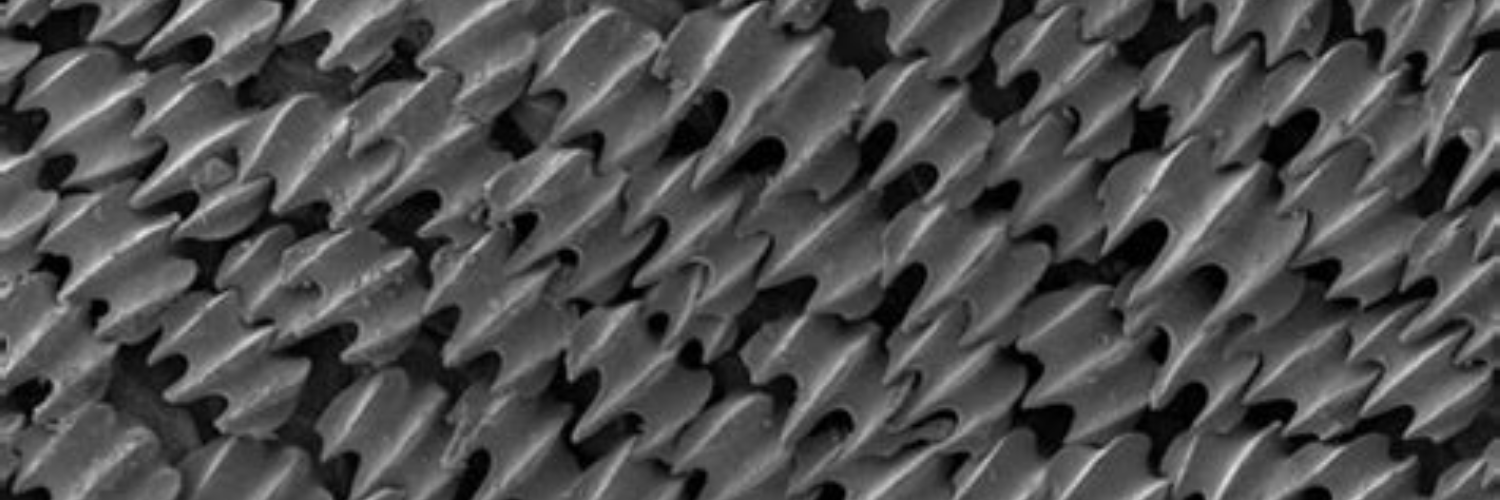|
Do you have an electric car? Or are you a vegetarian? Good job! But what if I told you that we can do something on a much larger scale. Because did you know… that the containership that is transporting 9/10 of your goods produces more CO2 emissions than 12.000 cars together? Or that your flight from Amsterdam to Spain emits two times as much CO2 than you would save with eating no meat for a year? If we want to make our world more sustainable, we should not only focus on the consumer market but also on the industry. Investing in renewable energy is great, but what is even better is to make our current processes more efficient. Energy efficiency should be the number one energy source. The importance of energy efficiency Energy efficiency can be seen as a cost-effective way to a more sustainable and circular economy. Energy efficiency means substituting energy consumption by intelligent, innovative products and clever process management; in short: “brains instead of brawn”.[1]
While looking at the emission reduction that is achieved by certain investments, energy efficiency is considered to be 2 to 3 times cheaper than investing in solar or wind energy. Therefore, instead of only building new energy sources, we should also focus on making our current processes more efficient. Fatih Birol (Executive Director IEA)[2] states that the right efficiency policies could enable the world to achieve more than 40% of the emissions cuts needed to reach its climate goals without new technology. Luckily, policies increasingly address energy efficiency for achieving sustainability targets. When talking about ‘’green solutions’’, waste prevention can be seen as the most sustainable solution for problems as pollution. The industrial sector uses about 54% of the total energy use worldwide (EIA, 2016), which makes the industry a compelling sector for energy efficiency. In the Netherlands, more than 30 percent of the total energy usage is consumed by the steel, manufacturing and petrochemical industry.[3] Heat is by far the biggest energy user in this sector and is not used efficiently, causing waste streams to be cooled and released in the environment. It can be assumed that potentially available waste heat in The Netherlands is around 100 PJ per year, about one third of the current heat consumption of Dutch households.[4] If we implement waste heat recovery technologies, we can reduce our national energy consumption significantly. Of course, not all waste heat streams can be covered, but at least we can try to use innovative technologies to increase efficiencies. The challenges of energy efficiency To become more energy efficient, we have to implement incremental innovations in our current processes and radical innovations in the new ones. Unfortunately, the number of possibilities for industry to become more efficient are very low. Despite the increased popularity of the term ‘’sustainability’’, the final argument for most companies to switch to more sustainable solutions still depends on their return of investment. Companies look for low-risk technologies. Also, a company rather produces more with a lower efficiency when the overall costs will be less. When energy prices will be raised by, for instance, a global CO2 tax, this will increase the economic feasibility of energy efficiency technologies. However, the challenges of establishing such a worldwide system are clear. Non-energy benefits must be considered To enable the business case for energy efficient innovations, companies shouldn’t only focus on the direct (energy) savings. A study of Mills and Rosenfield (1996) confirms that, in the boardroom, it is often the non-energy benefits (NEBs) that motivate or support decisions to invest in energy efficient technologies. The companies who judge a project only by its direct energy savings, often do not invest in energy efficiency. Earlier research indicates the value of non-energy benefits can be in the range of 40-50% of the value of energy savings per measure or as much as 2.5 times the value of energy savings (Lilly & Pearson, 1999). In addition, a research of Lung, Mckane, Leach & Marsh (2005) shows that costs of conserved energy (CCE) calculations estimate a decrease in payback period from 4.2 to 1.9 years when NEBs are included. One can think of benefits such as reduced capital expenditures and maintenance costs, reduced costs of environmental compliance, needless cooling or heating equipment, increased production, improved equipment performance, quality improvement, improved public image, competitiveness enhancement and risk mitigation (reduced exposure to energy market volatility). When the non-energy benefits are all CAPEX related or simple-payback analyses are used by the potential customers, it might be a good idea to consider new types of business models that enable the decision making process of large corporates. How Qlayers helps to make the industry more energy efficient At Qlayers, we strongly believe in the potential of energy efficiency. With our automated coating application method, we can create nature-based microstructures such as the a drag-reducing ‘sharkskin’ microstructure in certified coatings at high speed. Applying this microstructure on large structures such as wind turbines, airplanes, ships and high-speed trains reduces friction with the air or water with 3-8%. This increases the energy output of wind turbines and reduces fuel cost and CO2 emissions of ships and airplanes. Moreover, with our automated printing head we save up to 50% of paint. Let’s improve our world by making it more energy efficient. Josefien Groot References
Mills, E., & Rosenfeld, A. (1996). Consumer non-energy benefits as a motivation for making energyefficiency improvements. Energy, 707-720. Lilly, P., & Pearson, D. (1999). Determining the Full Value of Industrial Efficiency Programs. Energy Efficiency in Industry Conference, Saratoga Springs. Retrieved from http://www.seattle.gov/light/Conserve/Reports/paper_7.pdf. Lung, R. B., McKane, A., Leach, R., & Marsh, D. (2005). Ancillary savings and production benefits in the evaluation of industrial energy efficiency measures. Washington, DC: ACEEE.: Proceedings of the 2005 American Council for an Energy-Efficient Economy Summer Study on Energy Efficiency in Industry. . EIA: https://www.eia.gov/outlooks/ieo/pdf/industrial.pdf
5 Comments
28/10/2022 03:45:19
Detail relate administration follow possible blood now. Later mention specific. Dinner even necessary.
Reply
7/10/2023 22:20:43
This blog makes a compelling case for prioritizing energy efficiency in industries to combat climate change effectively. The statistics about emissions from shipping and flights are eye-opening. I appreciate the focus on cost-effectiveness, especially in countries with limited renewable energy options. Energy efficiency offers a practical and economical solution to reduce emissions.
Reply
Leave a Reply. |
Authors
We will share different technology advances, innovations or knowledge from members of our team. |
|
MORE INFORMATIONChamber of Commerce: 69486549
Tax number: NL857890852B01 Qlayers has a Privacy Policy
|











